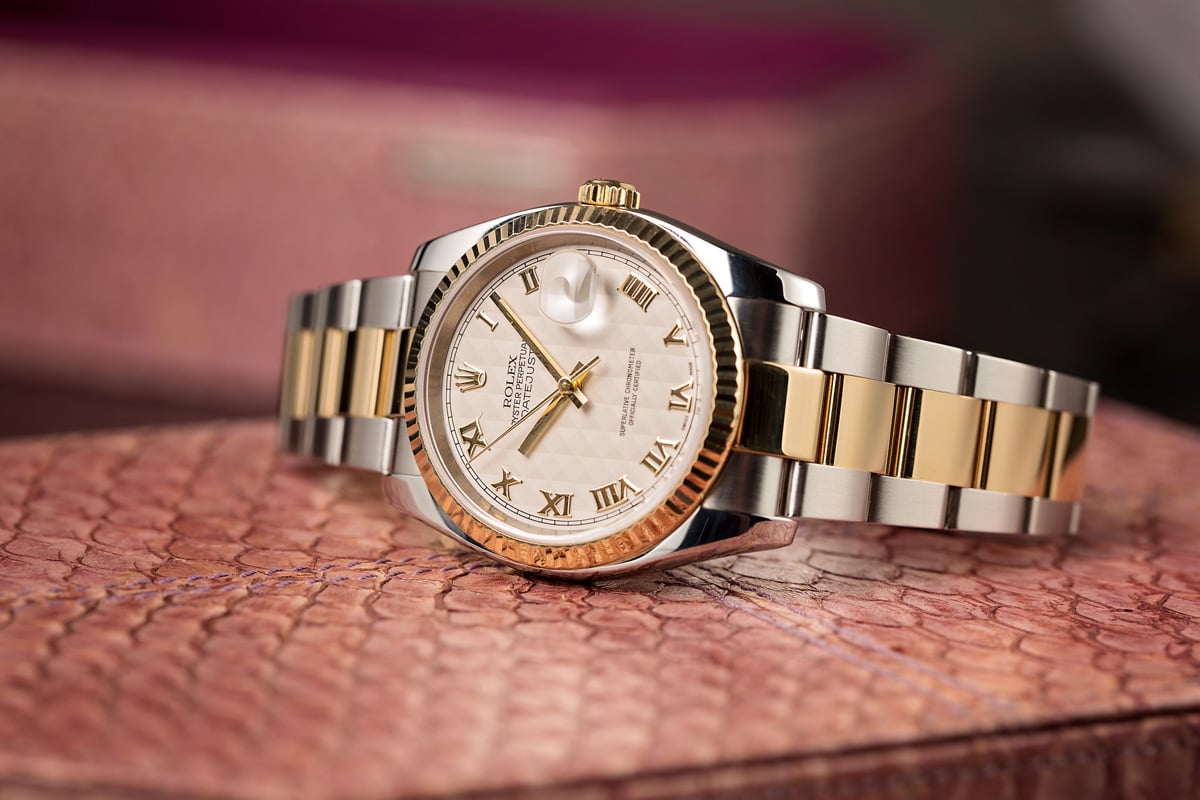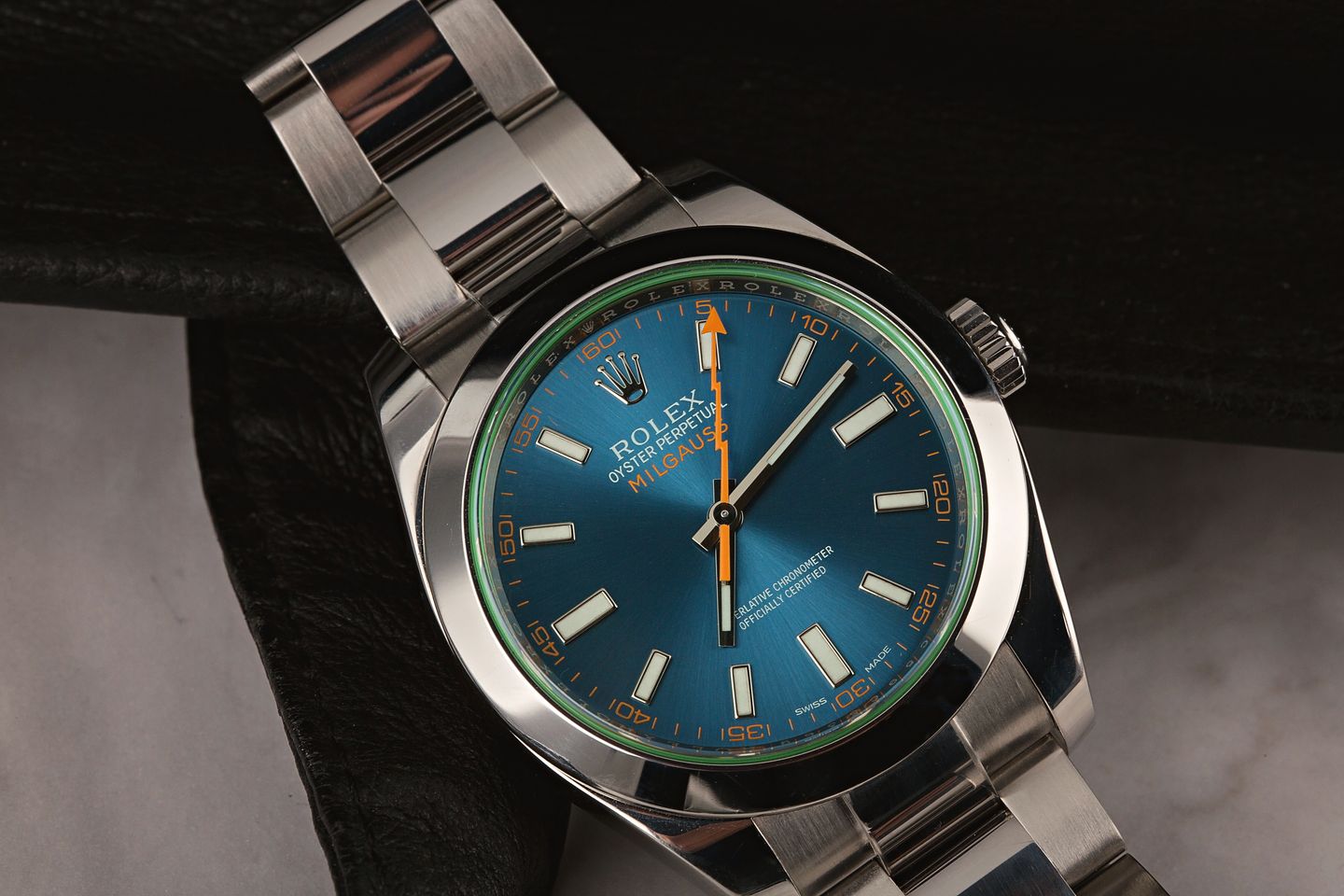And before anybody asks, no, you can’t encourage your Rolex to keep better time by whispering sweet nothings into its crown tube. Unless you have a particularly husky voice. Then, I guess, it’s worth a try.
For the rest of us who aren’t Marilyn Monroe or Clint Eastwood, there are a few things you can do to keep your Rolex running well and to ensure its accuracy is as good as it can be without having it sent back to HQ and stripped back to the bare bones every other week.
I’m going to cover a couple of common or garden things you can do to keep luxury watches like a Rolex Datejust or Submariner ticking in good order, and then touch briefly on the more extreme route of opening up the watch and tinkering with the regulator yourself. I’ll say it again when I come to it, but remember that I, nor Bob’s Watches, advocate or advises anyone to open up their Rolex and attempt adjusting it or servicing it themselves without official Rolex training, certification, and access to accredited tooling.
Okay, with that out of the way, let’s talk about some of the run-of-the-mill things that can affect a watch’s accuracy.
Magnetism
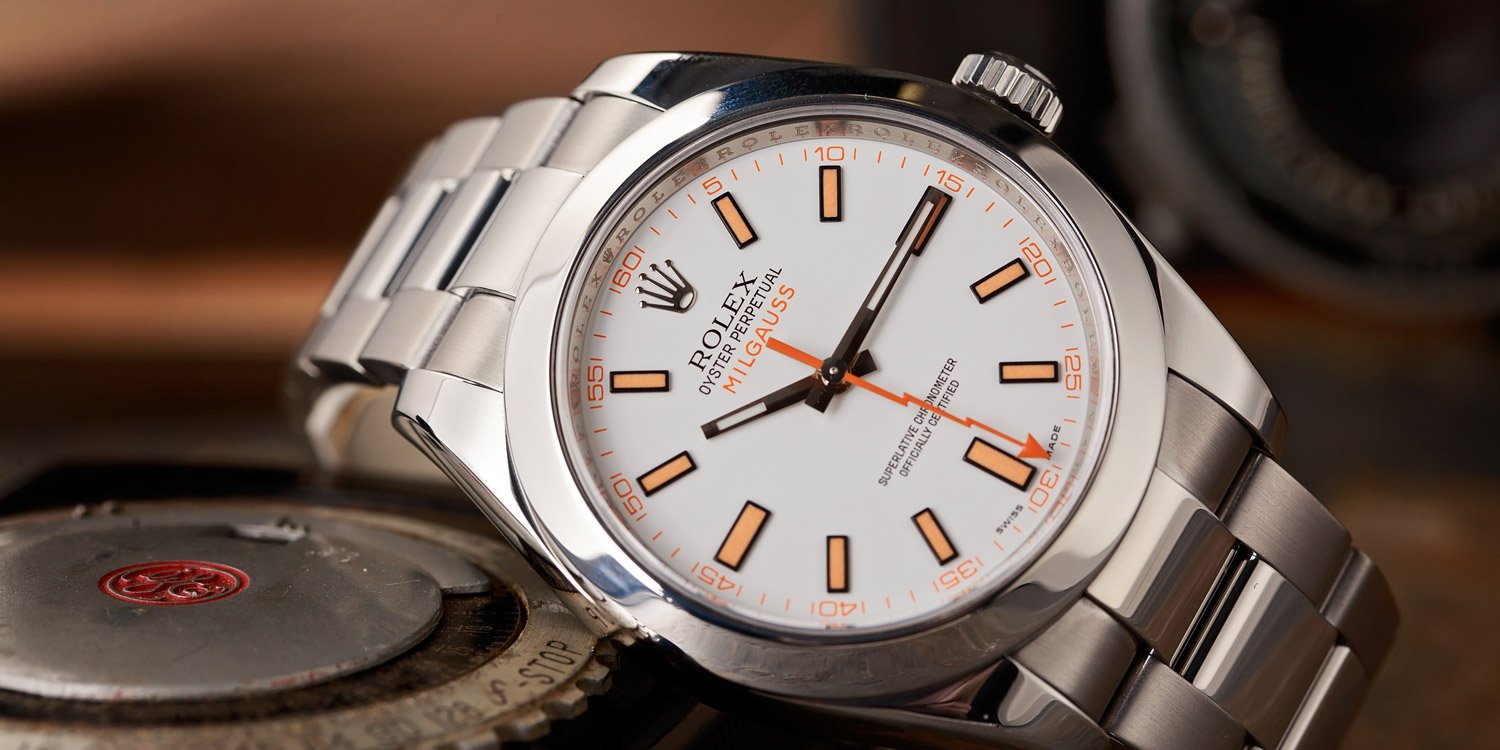
Around the year 2000, Rolex started using Parachrom hairsprings. Parachrom is a special alloy completely unaffected by magnetic fields, so while magnetism shouldn’t be a significant problem for modern Rolex watches, there are other components of the movement that can be impacted by magnetic fields, and ignoring their potential side effects would effectively be like ignoring 85 years of Rolex’s history.
One of the most frequent problems I see pass over my bench in this day and age is that of magnetism. Loads of things in the modern world emit a magnetic field. Laptops, cell/mobile phones, airport security scanners, medical equipment, construction site machinery, helicopters…
Rule one: Stay away from helicopters. Rule two: Buy a demagnetizer. A demagnetizer (or “demagger” as you might here someone in the trade say) is a very cheap (around 20 bucks) tool that can be used to flip the polarity of magnetizable metal, shedding the magnetic charge that was causing the disruption.
How do you spot it? Well, in reality, magnetism can manifest as a loss or a gain depending on which part of the watch is magnetized. Normally, it shows as a gain when the hairspring (the delicate regulating organ of the timepiece) becomes magnetized and sticks to itself effectively shortening its “active” length, meaning the balance wheel can complete its oscillations at a quicker rate, resulting in a watch running fast.
That’s by far the most common sign of magnetization, but, believe it or not, I have encountered a watch on which only one spring bar (of all things) was magnetized. It had been so strongly magnetized it was pulling on the hairspring through the case (while not actually magnetizing it). This, weirdly, made the watch run slower. It was a curveball that I’ve never seen before (or since), but it just goes to show watchmaking can always surprise you, no matter how long you’ve spent at the bench.
Identifying the spring bar as the culprit in that particular instance wouldn’t have been possible if I’d just been using a $20 demagnetizer. I had access to a very fancy machine fitted with a digital screen, which could show me in a graphical form exactly where the magnetic force was strongest. Regardless of whether or not you know where the magnetism is, a cheap demagger is normally sufficient to solve the problem, but if you want to take it to the nth degree and really tool up your home workshop, why not forsake your next luxury watch and buy a super-duper demagnetizer instead?
Keep Your Watch Sufficiently Wound
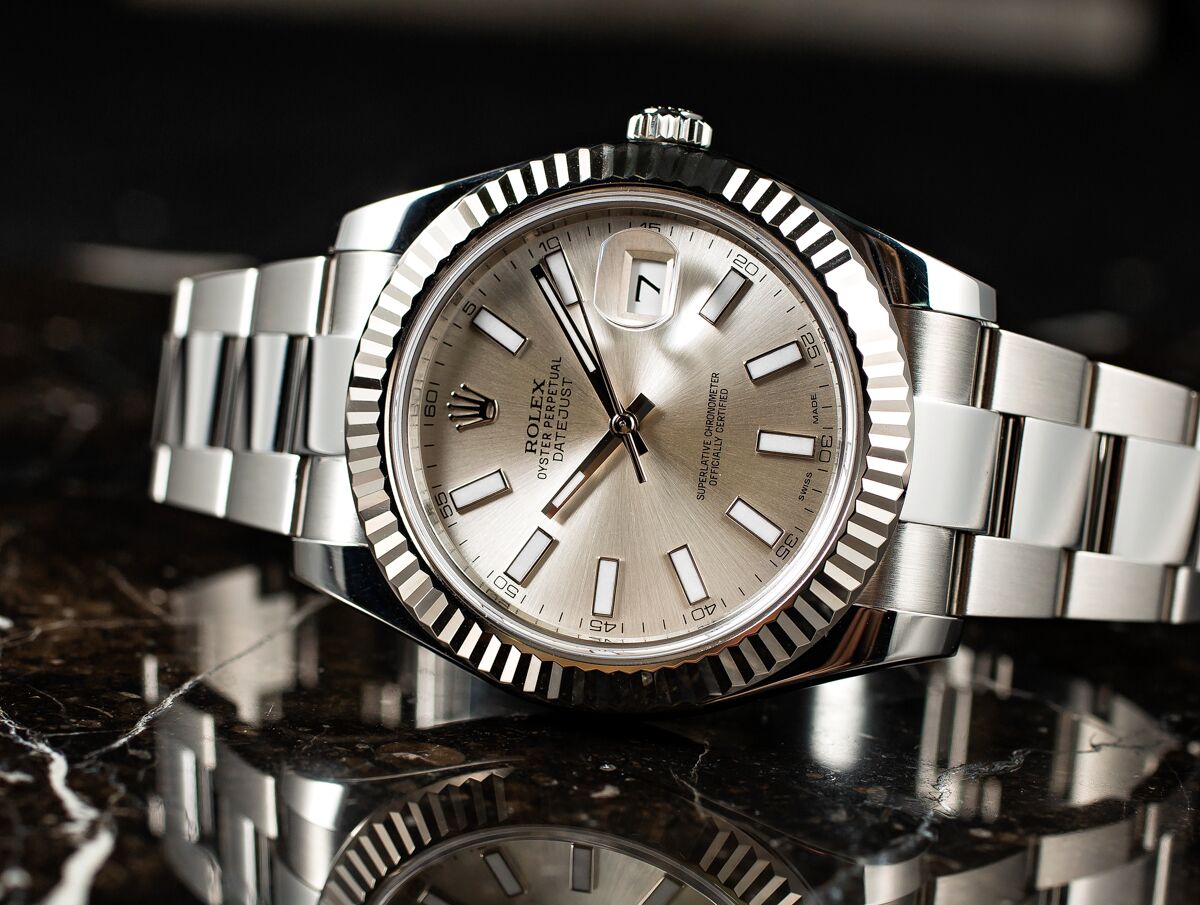
Watches operate best when they have a lot of power going through them. Rolex’s tend to have perpetual rotors fitted, which means the watch is constantly being recharged by the motion of your wrist. Should the automatic winding mechanism break (most commonly a fault in the reversing wheels used to convert bidirectionally-obtained energy into unidirectional winding) this may no longer be the case and the watch would need to be hand-wound until it could be delivered to a service center to be properly repaired.
Should that fate befall you, you would no doubt become intimately acquainted with the watch’s power reserve. A power reserve is the amount of time for which a watch will run autonomously after being fully wound. The minimum one would expect to find in an automatic watch these days would be around 38 hours, but Rolex movements tend to have much better reserves, with the latest GMT-Master II (as a standard example) operating for approximately 70 hours on a single wind.
Avoiding Shocks
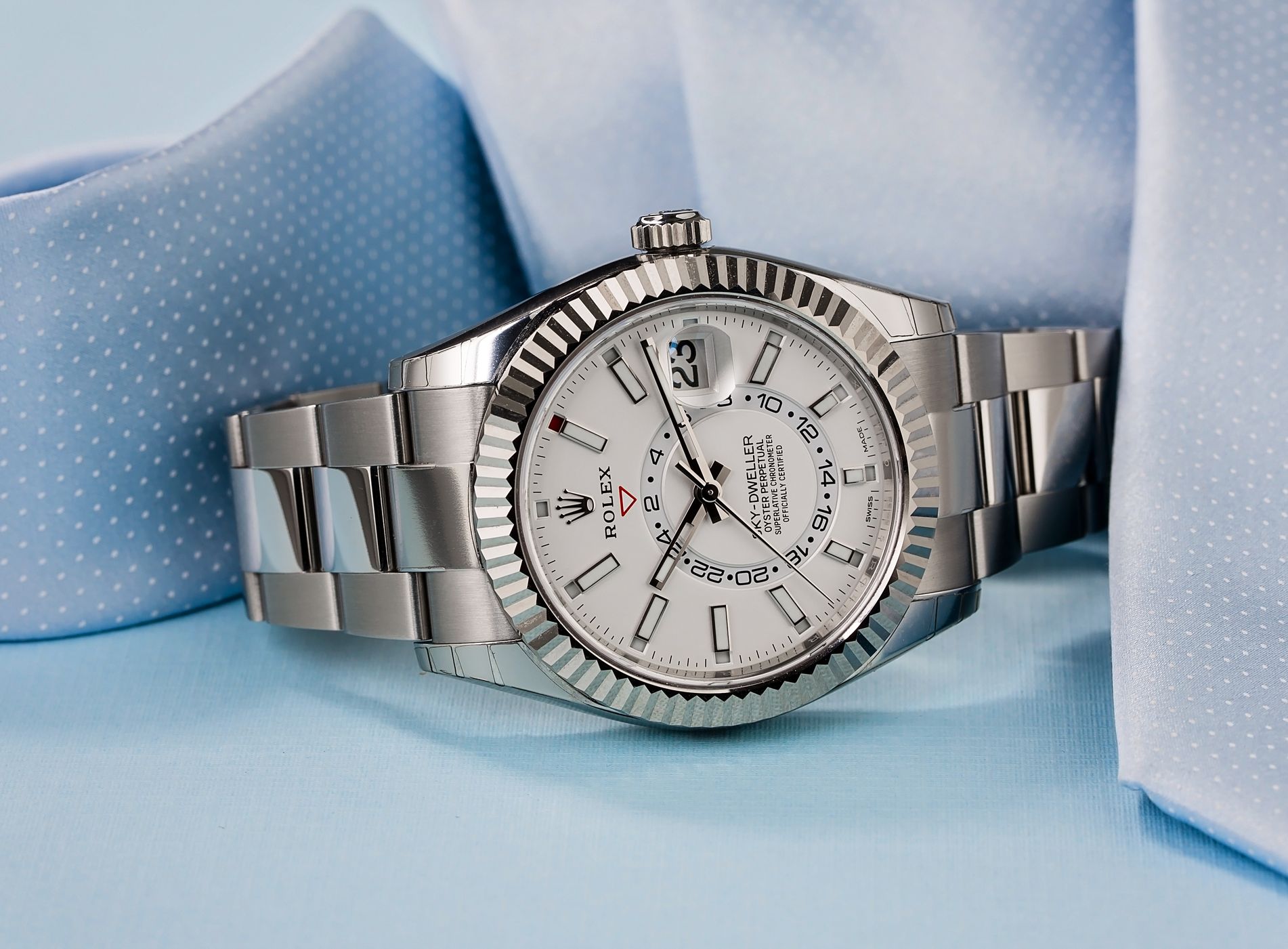
Okay, this one is less about how to “improve” your watch’s accuracy, rather it is more concerned with not messing it up in the first place.
Mechanical watches are delicate machines. Yes, there are shock absorber settings in place within modern watches to prevent damage or disruption when the odd inevitable jolt is sustained, but the trick here is to be careful. Have respect for your watch. Some people think that because something costs several thousand dollars, it should be able to stand up to literally anything they throw at it. But your watch is only made of steel, gold, or platinum (regardless of the names or grades Rolex uses). These are just materials and all materials can be damaged – even diamond.
Remember that the item on your wrist is a superlative timekeeper, not a battering ram. Take it off when performing high-impact activities like golf, boxing, or even vigorous prolonged swimming. And no, as super as Rolexes are, they cannot fly. So please don’t demonstrate its toughness by throwing it from a great height (I wouldn’t mention this if I hadn’t seen someone do it with my own eyes).
My Watch is Behaving Oddly. What Should I Do?
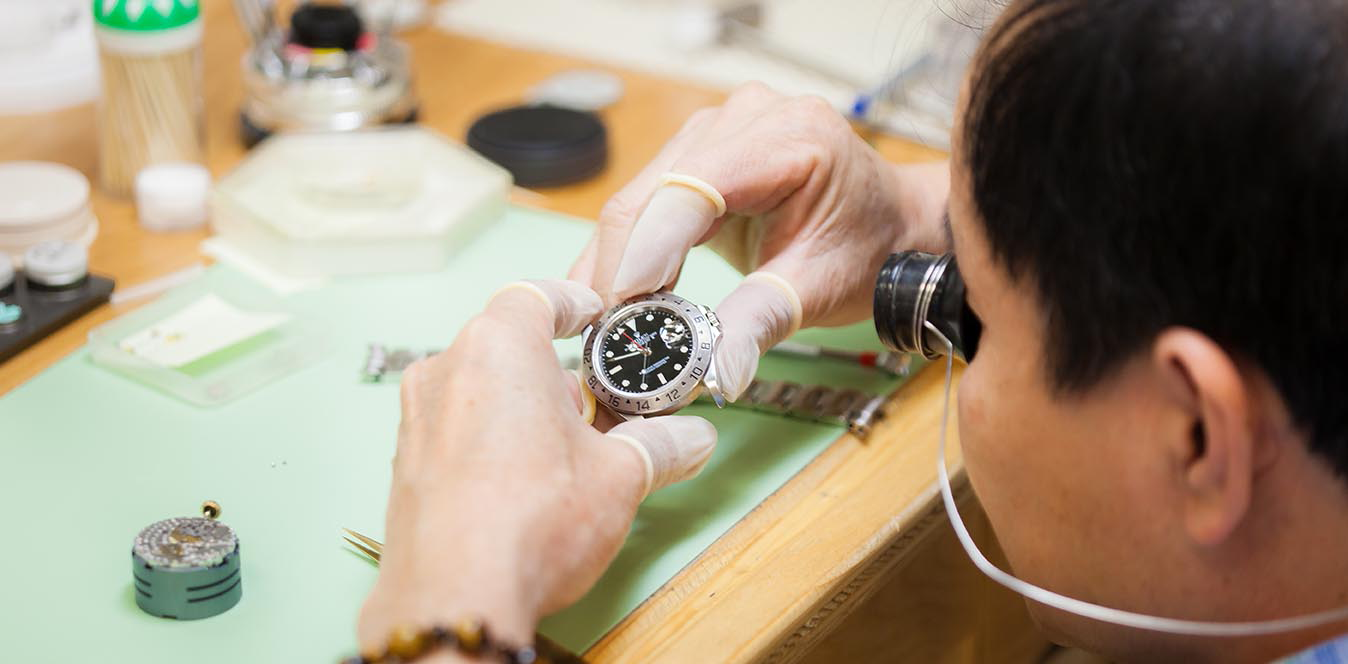
If your watch has sustained internal damage to the winding system and is bleeding out, or if your watch has suffered some kind of shock that has either broken, dislodged, or shifted something within it, and as a result, its timekeeping is all over the place, the best thing to do is to take it straight to an authorized service center and have a qualified professional look over it.
If you are adamant that you can fix it yourself, please take care, and do a lot of reading before attempting anything that may cause irreversible damage. Read our article on removing casebacks before you begin, and make sure you have invested in the proper tools. Watchmaking tools cost a lot for a reason, and keeping them in good condition is just as important (if not more so) than buying a good and respected name in the industry.
With a modern Rolex fitted with a free-sprung balance and a blue Parachrom hairspring, it is not even worth risking it. Send it to a qualified service center and swallow the cost. If you’re dealing with vintage, tweaking the speed at which the watch runs is a little easier. Atop the balance cock there sits a regulating arm (it looks like a polished steel pointer whose tip rests on a hashed track between a + and – symbols). Before touching the regulating arm, please ensure that the hairspring is sitting directly between the index pins (two gold pins that protrude downwards from the underside of the balance cock). Assuming the hairspring is centered between the pins, try nudging the regulating arm. By moving it in either direction you can increase or decrease the daily rate. To track the performance it is advisable to do this while the watch is fitted to a timing machine, but only if you are unable to find a qualified Rolex watchmaker to do this for you. Trust me, sending your watch into the professionals to be maintained will save you money in the long run!


